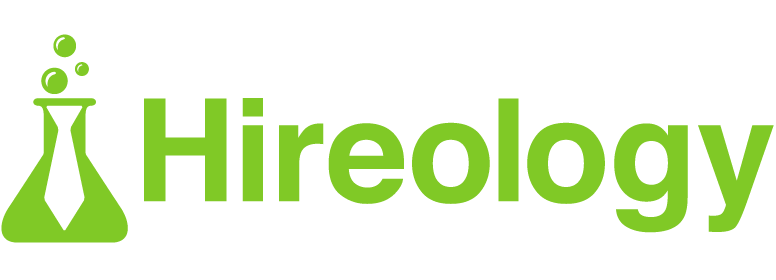Last week, the Bureau of Labor Statistics released an updated report of economic activity that showed promising signs for job growth with a few caveats. During the COVID-19 pandemic, we’ve been closely monitoring the results from previous months along with updated CDC guidelines and local and state plans to reopen as the year progresses.
On the surface, the recent jobs report shows promise. Unemployment dipped lower to 11.1% from 13.3% in May. The BLS reported 4.8 million jobs were added to the economy during June, beating initial expectations. Original estimates called for 3 million jobs to be added back to the economy, bringing unemployment down to 12.5%. This is the second month in a row that the job rate overperformed estimates, showing initial signs of promise for an economic recovery, even as newly unemployed workers reached 1.4 million people.
A Long Road to Recovery Ahead
News of the recovery is encouraging, but there is still a long way for the job market to progress before we near pre-COVID-19 levels of employment. As Business Insider reports, while 7.5 jobs have been added back to the economy in the past two months, at least 15 million more jobs need to be filled to bring us back to the employment numbers seen at the beginning of 2020.
States Continue Struggling with COVID-19 Control
Adding to this cautious read of the June numbers has been how COVID-19 cases has spiked in recent weeks across parts of the country known to drive significant economic output, including Georgia, California, Florida and Texas. The BLS data was pulled before many of these states took measures to ease re-opening businesses, and in cases such as Texas, made the decision to shut down businesses and large gatherings to combat the spread of the virus. It will be interesting to see how these decisions have helped to slow the spread of COVID-19 and the impact it may have on businesses across the nation.
Key Takeaways for Your Organization
The slow recovery will likely be with us for the rest of the year. While we are not seeing Depression-era unemployment from just a few months ago, it will likely be months before our staffing rates get back to those seen in Q1 2020 before the first quarantine recommendations went into effect.
Whether you are an essential business open and looking for staff, or an organization that is closed or operating at limited capacity, now may be a good time to assess whether you have the processes in place to help you evaluate today’s record number of available candidates looking for new roles due to being furloughed or impacted by a layoff.
Adapt to the Times
Going from full employment in February to double-digit unemployment just a few weeks later has disrupted the talent market like never before. To help organizations cope with this dramatic shift, we created a free resource on how to change processes to meet the demands of hiring during COVID-19. We hope that you can take some of our best practices on using technology to adapt to our new normal. The guide covers how to get your standard hiring process into a seamless digital platform to save time, reduce in-person interaction and still provide an incredible candidate experience.
Reassess Your Needs
Hireology CEO Adam Robinson shared his thoughts on the economic recovery recently with Automotive News. In his piece, he shared that the retail automotive industry, one of the largest local sources of employment for many municipalities, had to terminate or furlough some 300,000 employees – roughly 25% of the industry.
Robinson thinks that post-COVID-19, between 5% and 10% of retail automotive jobs may be gone for good as teams reassess the needs of on-the-ground staff to cover customer needs. Since the start of the pandemic, Hireology estimated that 25,000 jobs – about 20 percent of total openings – were eliminated across automotive dealerships.
While retail automotive is just one example, similar effects have been felt across most of the economy. If your team has been impacted by the shutdown, it might be a good step to proactively take a look at your future hiring needs and if you can make any changes to your staffing strategy going into the second half of 2020.
If you could target 2-3 rockstar salespeople instead of 6 mediocre performers, would you still be able to drive the same amount of business? Take a look at your job descriptions, career site content and hiring process to see what you can be doing to connect with top job seekers who may have been impacted by the economic downturn. Our seamless hiring process playbook provides a great blueprint to follow to get started here.
Build Your Talent Pool Now
A recommendation we’ll carry through from last month will be to continue building your talent pool, even if you do not have a need to hire right now. Be transparent with your job seekers – either with a message on your career site or a note in the job description – that you’re looking for talented and dependable team members when you hope to re-open in the coming weeks or months.
Leverage Software that Works for You
As businesses continue to watch for signs of recovery – both locally and through the BLS data – one common thread is having systems in place to transform disconnected, manual steps into a simple process you can use to get more done. Hireology helps thousands of businesses transform hiring into an intuitive process to help organizations connect with top talent while speeding up the time to hire. Get in touch to see what Hireology can do to transform your people operations.




